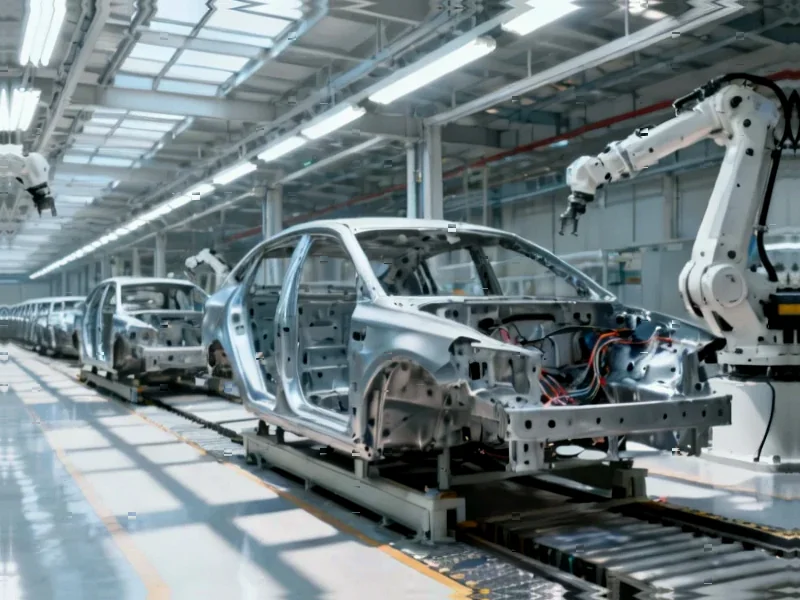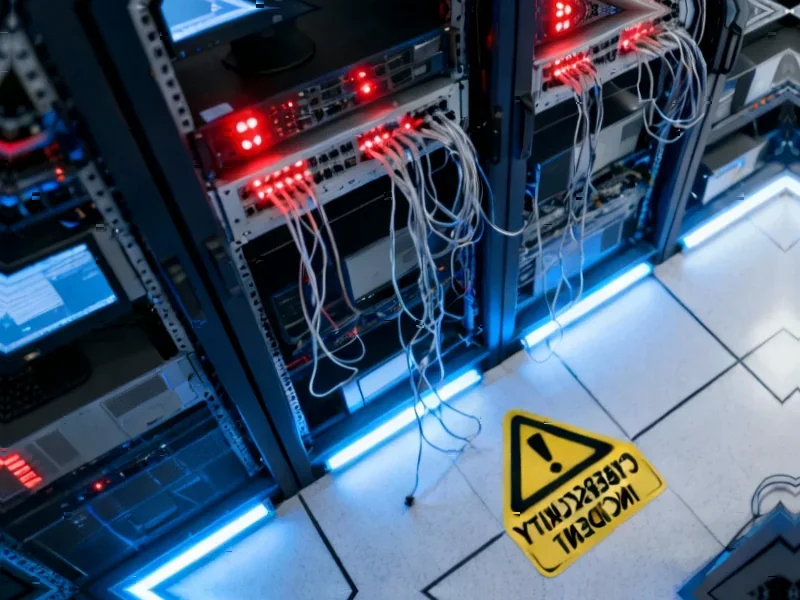According to CRN, battery and backup provider Eaton announced plans to acquire Boyd Thermal for $9.5 billion in a deal expected to close in the second quarter of 2026. The acquisition gives Eaton access to Boyd’s liquid cooling technology for data centers, with Boyd Thermal forecasting $1.7 billion in sales for 2026 and the purchase price representing 22.5 times adjusted EBITDA. Eaton CEO Paulo Ruiz emphasized that combining Boyd’s “chip-to-ambient cooling” with Eaton’s power management will help customers manage increasing power demands, particularly in data centers. Following the announcement, Eaton’s stock price rose 1.11% to $385.88, while Boyd’s parent company Boyd Corp., backed by Goldman Sachs, will continue operating its engineered materials business separately. This move comes approximately one year after rival Schneider Electric acquired controlling interest in cooling company Motivair for $850 million.
The AI Power Density Crisis Driving This Acquisition
What Eaton is really buying here isn’t just a cooling company – it’s a solution to the most pressing problem in modern computing: AI-driven power density. Traditional air cooling simply cannot handle the thermal loads of AI accelerators like NVIDIA’s H100 and Blackwell GPUs, which can consume 700-1000 watts per chip. As AI models grow exponentially larger, we’re seeing power requirements that would have been unthinkable just five years ago. Liquid cooling isn’t just an efficiency upgrade; it’s becoming a fundamental requirement for any data center that wants to run cutting-edge AI workloads. The massive power demands of AI data centers are creating a thermal management crisis that conventional cooling cannot solve.
Strategic Implications Beyond the Price Tag
At 22.5 times projected EBITDA, Eaton is paying a premium that reflects the strategic importance of this technology. But the real story isn’t the purchase price – it’s the industry consolidation it represents. We’re witnessing the emergence of full-stack infrastructure providers who can deliver everything from power backup to chip-level cooling. This mirrors Schneider Electric’s acquisition of Motivair and suggests we’re entering an era where customers want single-vendor solutions for their most critical infrastructure. The timing is particularly significant given that AI is projected to drive data center power consumption to unprecedented levels over the next decade.
Market Consolidation and Competitive Landscape
The cooling technology space is rapidly consolidating as infrastructure giants recognize they cannot afford to be absent from this critical capability. What we’re seeing is a land grab for specialized thermal management expertise that can scale to meet AI demands. Smaller cooling technology companies are becoming acquisition targets, and the barrier to entry for new players is rising dramatically. This acquisition positions Eaton to compete directly with Schneider Electric’s Energy Management business and creates a duopoly in high-performance data center infrastructure. The Schneider-Motivair deal now looks like the opening move in what will become a much larger industry consolidation.
Long-Term Industry Transformation
Looking toward 2026 when this deal closes, we’re likely to see liquid cooling become standard rather than exceptional in data center design. The combined Eaton-Boyd entity will have the scale to drive industry standards and accelerate adoption across the market. More importantly, this signals that power and thermal management are becoming integrated design considerations rather than separate disciplines. The future of data center architecture will treat cooling as a fundamental design constraint from the outset, not an afterthought. This acquisition represents a bet that liquid cooling technology will be as essential to AI infrastructure as electricity itself.
The Coming Investment and Innovation Wave
This $9.5 billion transaction will likely trigger massive investment in cooling technology innovation across the industry. Venture capital will flow into competing cooling technologies, and we’ll see increased R&D spending from both established players and startups. The valuation multiple sets a new benchmark for what this technology is worth, which will influence how investors value similar companies. We’re at the beginning of a multi-year innovation cycle in thermal management that will produce technologies we can barely imagine today. The companies that master this challenge will enable the next generation of AI capabilities that currently exist only in research papers.




